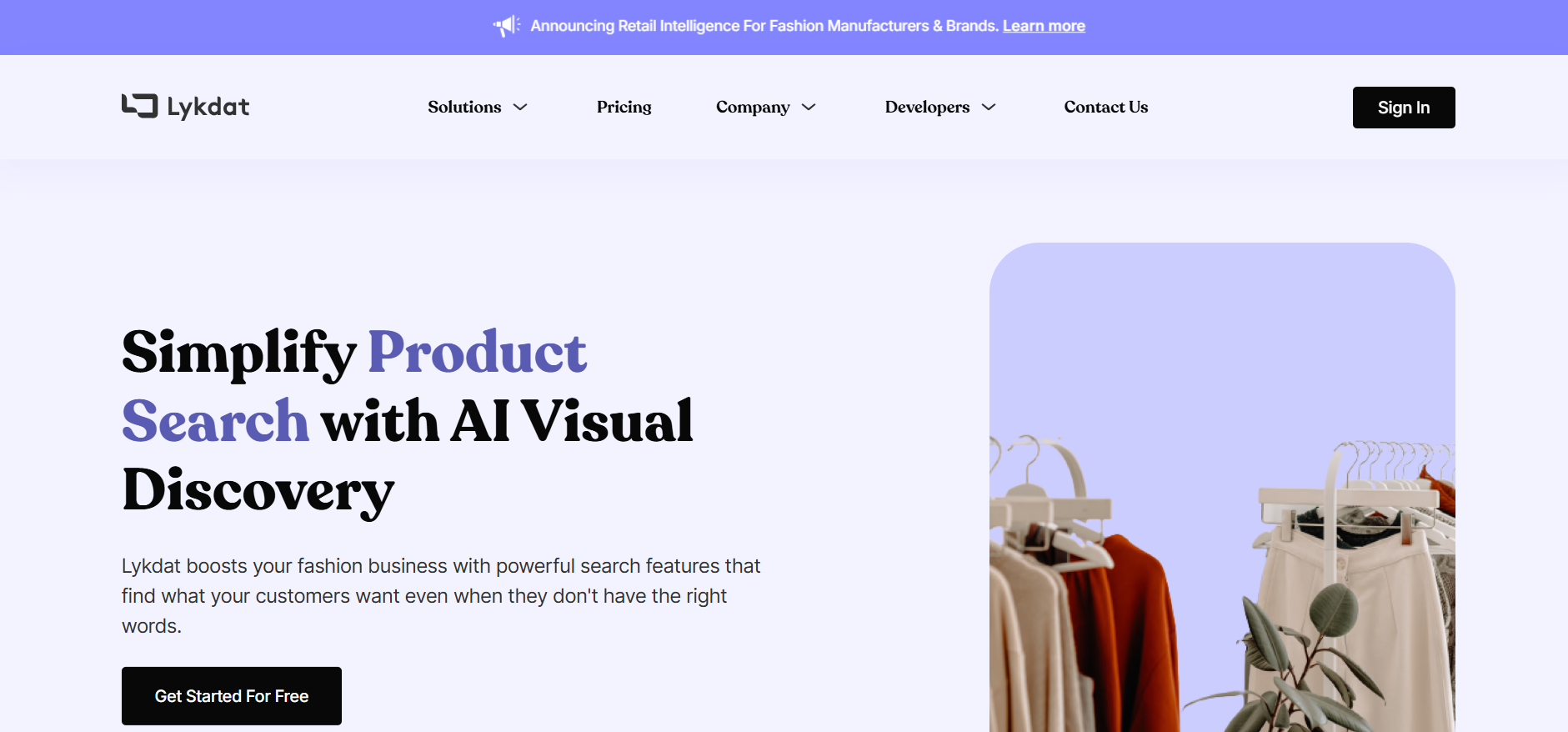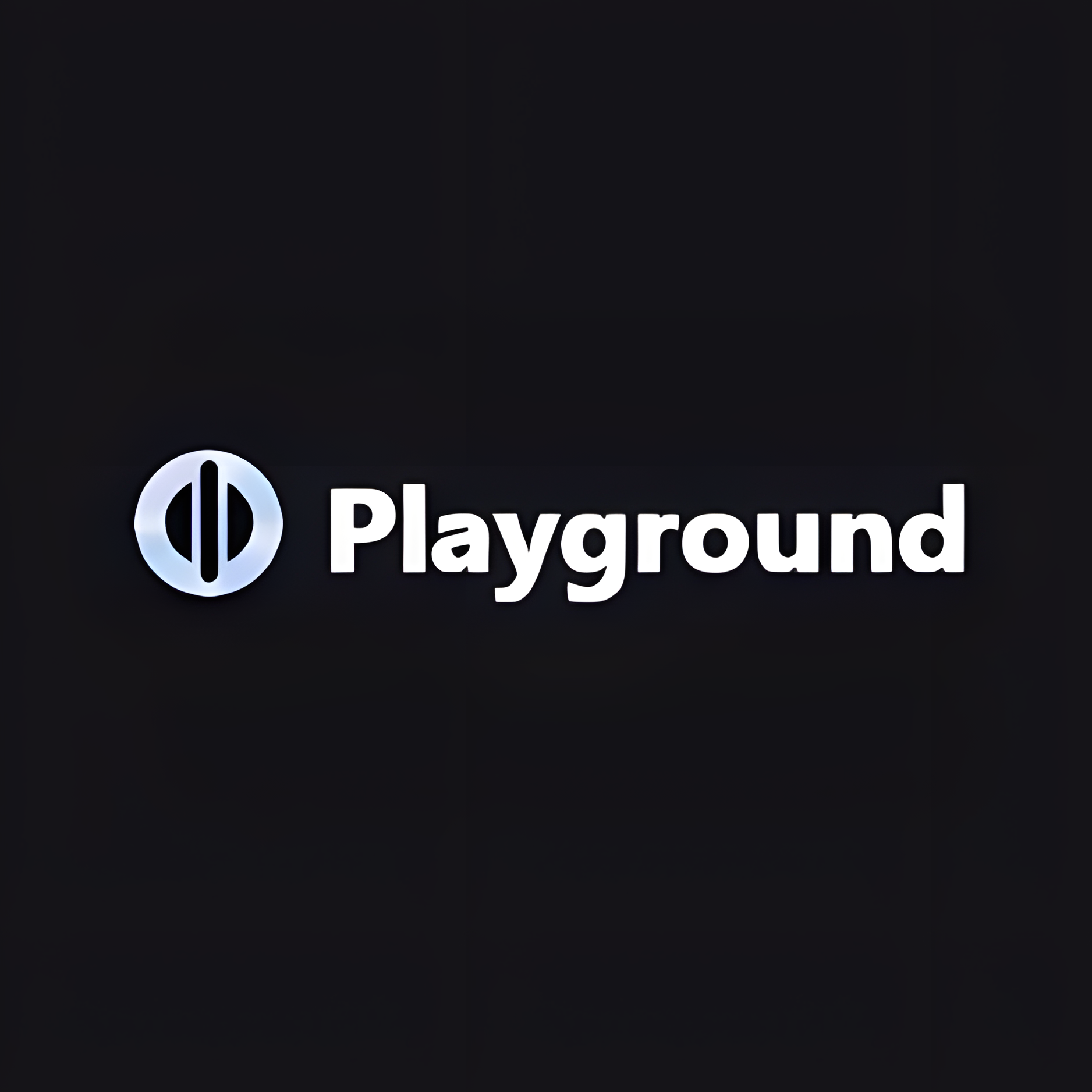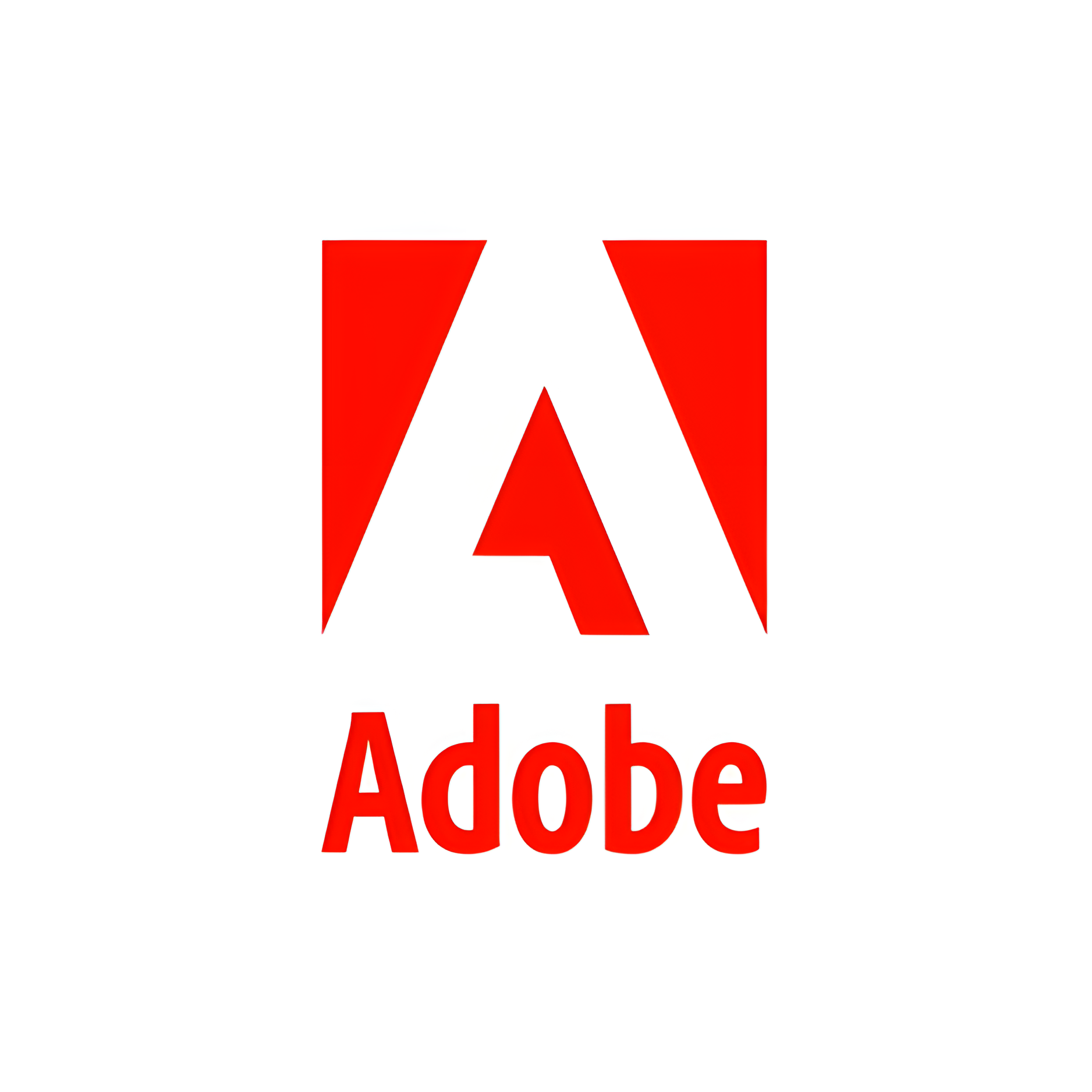Overview
This tool revolutionizes how fashion manufacturers and brands manage their product catalogs and enhance search capabilities. By utilizing state-of-the-art image recognition technology, it offers a variety of services tailored to the apparel industry, such as the Item Detection Service, which allows businesses to identify different clothing items in images. Additionally, it provides a Global Image Search API, which connects users with Lykdat's extensive fashion catalog on a global scale.
The platform is intuitive and easy to incorporate into existing systems, reducing the need for extensive employee training or adaptation. What makes this tool compelling is its flexibility in offering various plans that cater to all business sizes and needs, ranging from limited free plans to more comprehensive paid packages. This allows users to gradually upgrade as their business grows without immediately committing to higher costs. Furthermore, the platform assures transparent and straightforward pricing, making it an attractive option for companies seeking to enhance their product search functionality seamlessly.
Overall, this tool is ideal for businesses aiming to increase efficiency in product management and improve customer engagement by simplifying search operations and ensuring customers have quick and reliable access to the desired products in shops and online.
Key features
- Advanced image recognition: This tool's state-of-the-art technology allows users to quickly and accurately identify various fashion items in images, enhancing catalog management and overall business efficiency.
- Global catalog access: Users can tap into comprehensive fashion product catalogs through the Global Image Search API, offering vast options for inventory enhancement and customer satisfaction.
- Customizable pricing plans: Flexibility is key with tailored pricing plans that cater to unique business sizes and needs, enabling gradual upgrades in service as companies grow.
- Seamless platform integration: Designed for easy integration, the tool ensures minimal disruption to existing workflows and systems, allowing businesses to adopt it seamlessly.
- Transparent pricing model: All pricing information is clear and straightforward, avoiding hidden fees and allowing companies to budget effectively without unpleasant surprises.
 Pros
Pros
- Flexible plan options: The tool offers a variety of plans to suit different business needs, allowing users to select the best fit and switch plans as their needs evolve.
- No activation fees: To start using the tool, there are no initial activation fees, making it accessible for businesses of all sizes without financial strain.
- Easy to integrate: The design ensures that the tool seamlessly integrates into current business operations without requiring substantial changes or significant training for employees.
- Comprehensive catalog options: By providing access to vast fashion catalogs, businesses can enhance their inventory offerings and attract a broader customer base with diverse product needs.
- User-friendly interface: The platform's interface is thoughtfully designed to be intuitive, ensuring users of all levels can easily navigate and utilize its powerful features without a steep learning curve.
 Cons
Cons
- Limited free tier features: While a free plan is available, it offers limited features, which might not be sufficient for growing businesses requiring more versatility and functionality.
- Requires initial setup: Businesses must allocate some resources to set up the tool initially, ensuring it operates correctly within their existing systems.
- Not industry-agnostic: This tool predominantly serves the fashion sector, posing limitations for companies in other industries seeking a similar solution.
- Quota restrictions on free plan: The free plan includes strict quotas on image searches and imports, which might be quickly exhausted by active users, necessitating an upgrade to continue usage.
- Dependence on Lykdat's catalog: Access to global catalogs is reliant on Lykdat's inventory, potentially limiting options if their offerings do not meet specific business requirements.










